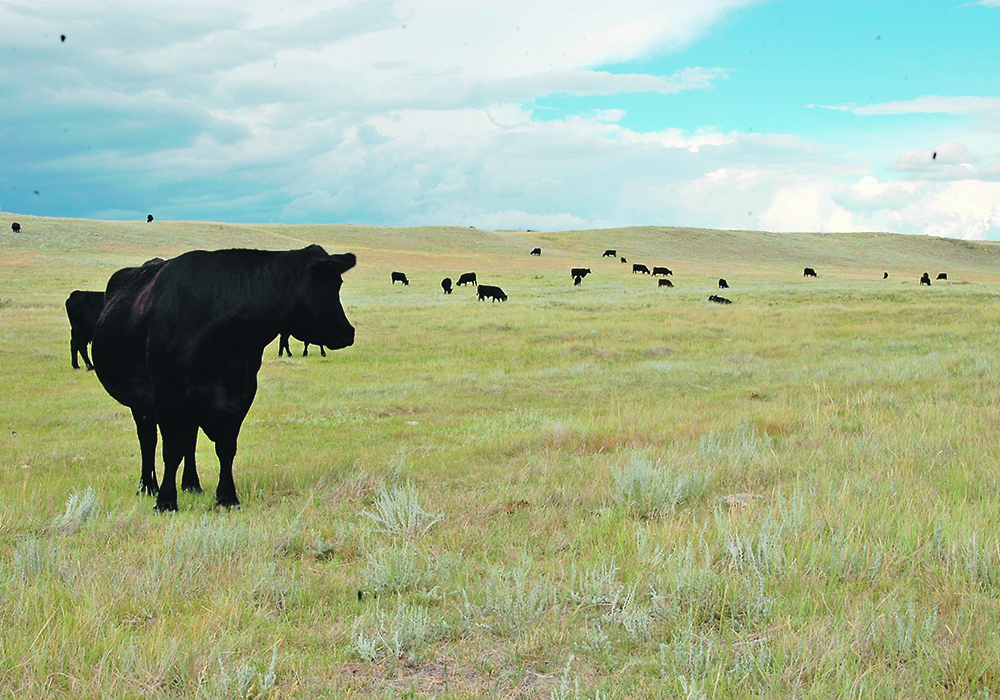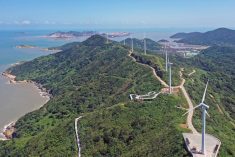Sites in three soil zones will help contribute information on carbon sequestration as research initiative tightens its environmental focus
Research into climate change mitigation techniques and their effects will take place on about 25 Saskatchewan farms and ranches for at least the next five years.
The South of the Divide Conservation Action Program Inc. and more than a dozen partners were recently awarded $8 million in federal funding to focus on four areas: avoiding land use conversion, adaptive grazing management, restoring and enhancing perennial plant communities, and livestock grazing of annual cover crops.
SODCAP co-executive director and project manager Kelly Williamson said the idea is to obtain baseline information from natural systems about carbon storage and greenhouse gas dynamics and use that as a reference to determine the effects of best management practices on other ecological goods and services.
Read Also

Breaking down successful winter feeding into six steps
It’s that time of year when it is important to start planning for a cow herd’s winter feeding program. Here are six steps I think are necessary to consider when getting your feed tested.
“We’re being pushed for carbon sequestration and we’re being pushed on greenhouse gas emissions. We want to make sure we understand what does that mean…? Does that affect water quality? Does that affect biodiversity? We want to make sure we’re cognizant and aware of those relationships so that we’re not having adverse effects,” he said in an interview.
He used a range health species composition assessment as an example; the plant composition indicates whether that site is in good condition. He said similar information is needed about soil.
“I’m speculating that if you can understand soil microbiota you can understand whether that soil is healthy and functioning or not. I don’t think we’re there yet.”
Williamson said management practices are being promoted and adopted but the living lab project will ensure they are grounded in fundamentals.
“(We want to) gain understanding of what carbon potential and greenhouse gas emissions were going on from natural ecosites, and then if we were going to emulate a kind of a regenerative or a holistic approach, that it was based on baselines…that you understood what the natural system’s potential was for carbon, what it’s potential was for soil microbiota, and that if you were going to emulate an agricultural process that you have that reference.”
The Living Laboratories Initiative is designed to help farmers and scientists work together to develop and test innovative practices and technologies to address agri-environmental issues.
In this particular project, cataloguing the soil microbiota, the insect and bird communities and everything else on a landscape is an important step, Williamson said.
Examining the interaction of soils, plants and animals, and their effect on carbon, nutrient use efficiency, farm profitability, conservation and other outcomes, is a huge task that involves many partners, including 36 federal researchers and 16 academics, he said.
The four original living labs had a wider environmental lens, but the nine announced in July are focused on carbon.
Although SODCAP was originally formed to work in the Milk River Watershed, it has evolved and expanded over time and the living lab sites are in the brown, dark brown and black soil zones.
Williamson said the project actually fits with SODCAP’s original work on multi-species action plans and recovery strategies because climate change and variance were identified as threats to species at risk.
Some of the landowners previously involved with SODCAP’s work are participating in the lab, while others, particularly those who polycrop, are new.
“If we don’t have invested participating farmers and ranchers, then it goes nowhere,” said Williamson.
There will be field days, workshops and likely a conference a couple of years into the project. Information sharing is key, he said.
Work has begun already on some biodiversity monitoring, but Williamson said it will be next year before carbon mapping begins.
“What we’re really working on right now is standardizing methodologies with all the living labs,” he said, so that all the researchers across the country are using the same methods.
“It’s a bit of a beast to manage.”
The organizations involved in the SODCAP-led lab include those from the beef and forage sector, conservation organizations, and a First Nation.
Board co-chair Keith Day said the lab provides an opportunity to understand how BMPs can stretch beyond the farm gate.
“As an organization, we are especially interested in understanding the value of carbon held in native grasslands, and how soil carbon storage is related to other landscape values, including wildlife conservation,” he said. “Ultimately, we want to support producers in navigating opportunities related to the ecosystem services they provide on their farms and ranches, while ensuring that policymakers are working with data that reflects the reality on the ground.”
Lorne Scott, board co-chair, said native prairie stores massive pools of carbon but it is at risk of conversion.
“Landowners should be recognized for management practices that keep ecosystems intact and healthy over the long term,” he said.
















